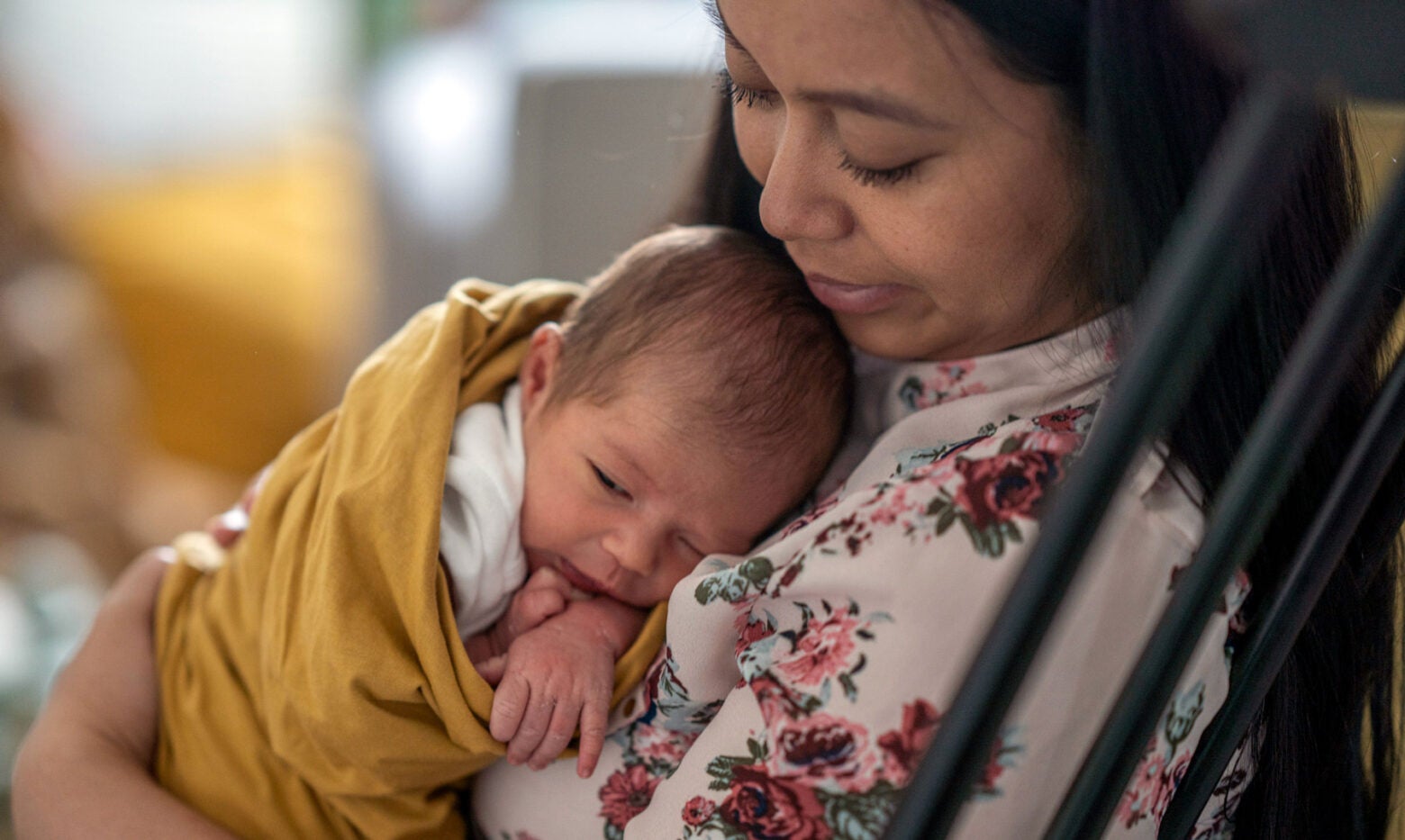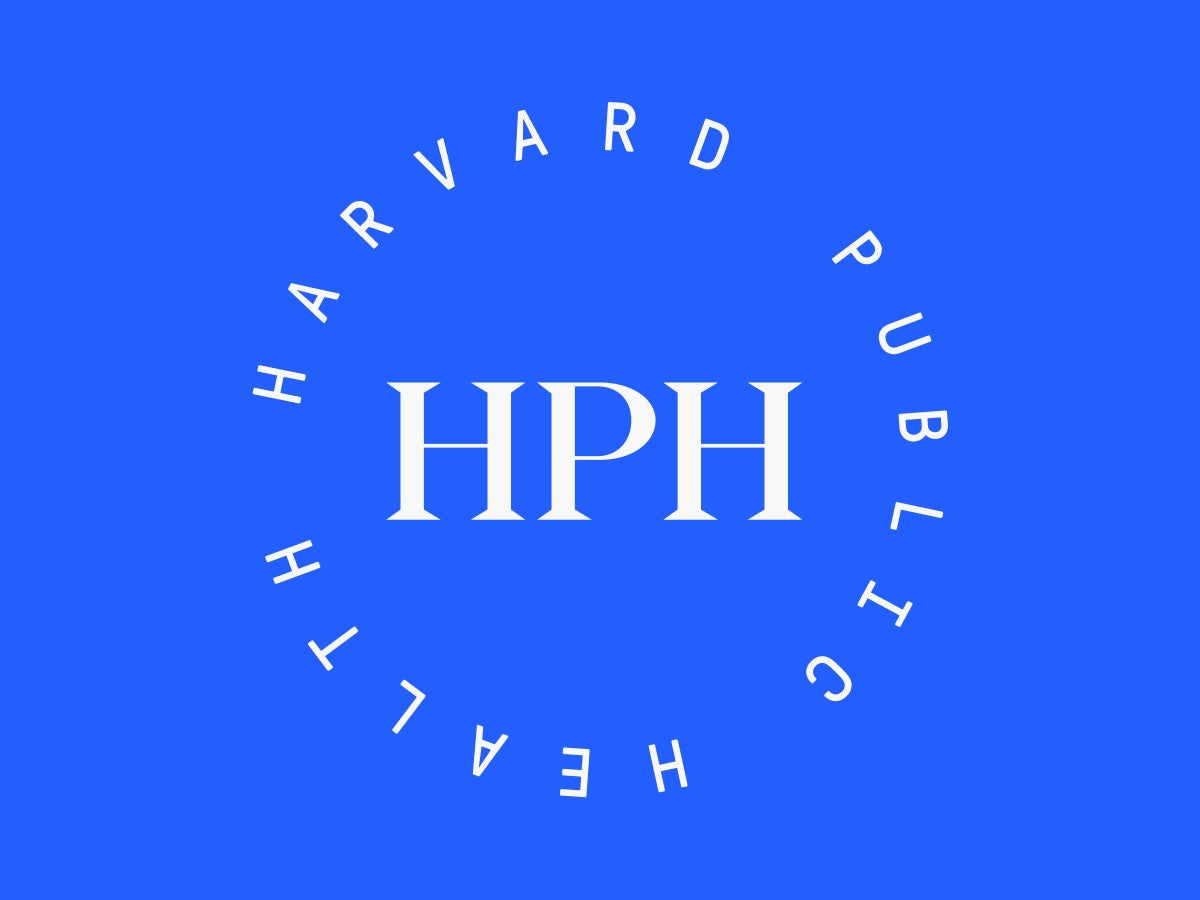
Opinion
How to reverse the decline in U.S. maternal health
More than 40,000 babies die after birth or are stillborn in the United States every year due to a lack of access to adequate pregnancy, birth, and infant care. Infant mortality is rising at a rate not seen in two decades, even as nearly every other industrialized nation continues to improve. In addition, 50,000 mothers suffer—and some die—from pregnancy and birth complications.
Recent expansions to Medicaid—which covers about 41 percent of U.S. births—aim to address maternal health. Yet, these programs do not address stillbirth and infant deaths. Nor are they enough for mothers. Medicaid makes coverage decisions without prioritizing the data necessary to understand the problems, discouraging hospitals from providing care by pushing them into bankruptcy. Further, it fails to offer coordinated medical services, deliver urgently needed health care information to patients, or ensure the adoption of new life-saving technologies.
Replacing Medicaid’s maternal and child health coverage with a nationwide managed care program for pregnancy, birth, and infant care would align our national goals for healthier babies and mothers with a system that can deliver on them. Let’s call it “Medi-Mom.”
Medi-Mom would hold providers accountable for outcomes, promote modern technology to lower costs and improve quality, and enable access to all through public funding or private pay. It would operate similarly to Medicare Advantage plans that provide coverage to seniors through private insurance.
We have models for effective, evidence-based programs to manage complex conditions. The private companies and nonprofits that run them support community-based teams of primary care doctors, specialists, and social service providers, giving them autonomy to improve patient health outcomes and better manage costs.
One of these initiatives, the Program for All-Inclusive Care of the Elderly (PACE), has saved $6,000 on average per person compared to Medicaid expenditures for nursing facilities. During COVID-19, PACE providers moved quickly to educate patients, adopt telehealth, and coordinate with services such as meal and medication delivery. As a result, the infection rate among PACE participants was lower than comparable nursing home populations.
This approach shows so much promise for pregnant patients and their families that the Veterans Health Administration has recently expanded a similar program. It provides mothers and infants with comprehensive social, physical, and mental health support.
Focus on outcomes and access
Here are some ways Medi-Mom insurance plans would improve maternal and infant health:
Accountability. Medi-Mom would operate through a network of health care providers contracted by the Department of Health and Human Services, who would be paid a fixed amount per patient. They would be expected to use data to anticipate care needs, create goals for patients and performance targets for program leaders, and give interdisciplinary teams the authority to achieve them.
Medicaid metrics largely target processes like better care and smarter spending: Leaders are not accountable for specific patient or population outcomes. Medi-Mom would focus on pregnancy and infant outcomes based on actionable, reliable, representative data that Medicaid lacks today.
Focusing on outcomes would encourage providers to collaborate with the dozens of agencies that support families but are not considered to be health care, like the Supplemental Nutrition Program for Women, Infants, and Children (WIC). Care coordinators could be covered as a core service. Research shows that when new moms on Medicaid get help to access medical, social, public health, education, and other services, this reduces infant deaths.
Technology. Using remote monitoring and telehealth technology for postpartum care would help avoid costly and dangerous rehospitalizations. For example, 10 percent of breastfeeding mothers develop mastitis infections and visit the emergency room, when the condition can be easily diagnosed through a telehealth appointment and treated with antibiotics at home. However, Medicaid reimbursement for remote monitoring, telehealth, and other modern technologies in obstetrics is low compared to other conditions and varies by state.
Meanwhile, Medicaid continues to reimburse doctors for using a six-decade-old technology, electronic fetal monitoring, despite evidence that it does not reduce stillbirths. In addition, disproportionately low reimbursement rates for obstetrics create a financial strain for the 80 percent of providers whose patient caseload is primarily covered by Medicaid. They have little time and few resources to innovate.
One provider in Alabama observed in Time that Medicaid pays a total of $1,000 for nine months of pregnancy and postpartum care—and $1,600 for a one-hour joint replacement. In contrast, Medicare reimbursement rates are 30 percent higher on average for fee-for-service physician services than what Medicaid pays for similar services, both of which are lower than commercial plans. And Medicare’s New Technology Add-on Payment program, introduced 20 years ago, has increased providers’ utilization of new technologies by 134 percent.
Access for all. Medi-Mom eligibility would not have to be limited to low-income individuals. Privately covered and uninsured families could purchase a plan.
Small and medium-sized employers that struggle to provide health insurance could offer Medi-Mom to their employees. Expanding access beyond low-income patients may also reduce the overall cost per person of Medi-Mom in part by spreading risk across a broader patient population.
Further, Medi-Mom would be jointly funded by Medicare and Medicaid, reducing state program costs and expanding low-income patients’ eligibility to include at-risk mothers and infants. Like patients who have other life-altering and unique health conditions, these patients require more than routine care. (Medicare already funds some younger people with disabilities or complex chronic conditions—about 10 percent of Medicare recipients are under 65—including some people who are pregnant.)
Saving lives with comprehensive care
Providing comprehensive maternal and child health care can save lives and money. But it requires bold leadership and a willingness to hold program leaders accountable for performance.
Making Medi-Mom a reality will require champions at the federal and state levels to highlight gaps in the Medicaid system. The HHS secretary should start by convening a dialogue with policymakers, providers, philanthropists, insurers, and the real experts—families who can share their experiences with maternal and child health care or the lack of it. In addition, the secretary should create a “moonshot” team of private sector business leaders and public health leaders with proven track records as innovators to implement the program in the next year.
Political leaders say they want U.S. families to have more babies. If we are serious about ensuring mothers and babies survive and thrive, we need to stop accepting the status quo. It’s time to move past Medicaid and replace it with a program that prioritizes preventing infant, stillbirth, and maternal deaths. Done right, Medi-Mom can be a lasting legacy.
Image: FatCamera / iStock


